 |
| April 09, 2020 |
Dear Reader,
Here are today's most popular stories: As climate conditions shift, species all over the world may soon live in temperatures they've never experienced before. A new study warns that some plants and animals may not be able to adapt, which could devastate the planet's ecosystems. Next up, an artifact recovered by archaeologists adds to mounting evidence that Neandertals were cleverer than they've been given credit for. And our lead article is about a group of Harvard Medical School students who devised a new university curriculum focused on COVID-19 that provides a physician's-eye view into the depths of the pandemic. |
| | Sunya Bhutta, Senior Editor, Audience Engagement
@sunyaaa | |
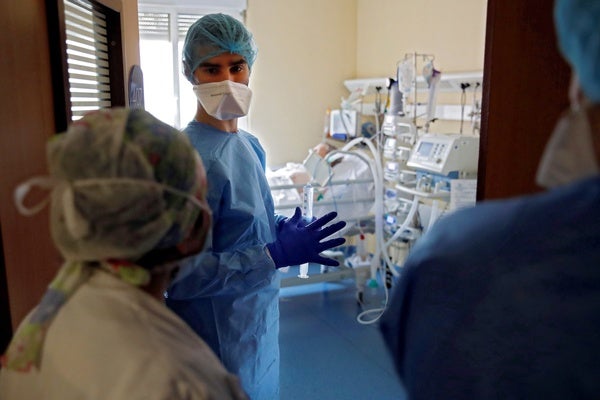 |
| |
| |
| |
| |
| Evolution What's a Narwhal's Tusk For? Although the tusk can be a weapon, the variation in tusk size among animals of similar body size points to it being primarily a mating status signal. |  | By Jason G. Goldman | 02:57 | | | |
| |
FROM THE STORE
 | | Tomorrow's Medicine One hundred years ago, many common medical treatments were found in the pages of science fiction novels, whereas today, medical journals often sound like science fiction. This eBook looks at the most promising areas where technology could transform health, including cybernetics, regenerative medicine, nanotechnology and genetically tailored treatments. Although many of these advances may not be ready to treat humans for many years, some of them may someday profoundly change—and extend—our lives. |  | | |
| |
| QUOTE OF THE DAY
 "We're thinking, 'This is what we're here for.' People are scared. People need us to contribute knowledge or to contribute actual clinical care. Even though we're at the cusp of being able to provide those clinical services, we can actually play a role here by sharing knowledge." Michael Kochis, Harvard Medical School | |
LATEST ISSUES
 |
| |
| Questions? Comments?  | |
| Download the Scientific American App |
| |
| |







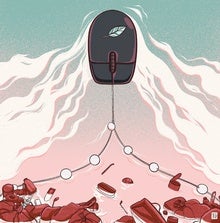
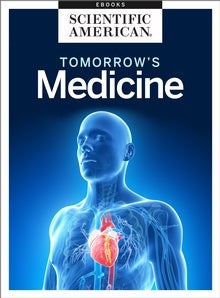

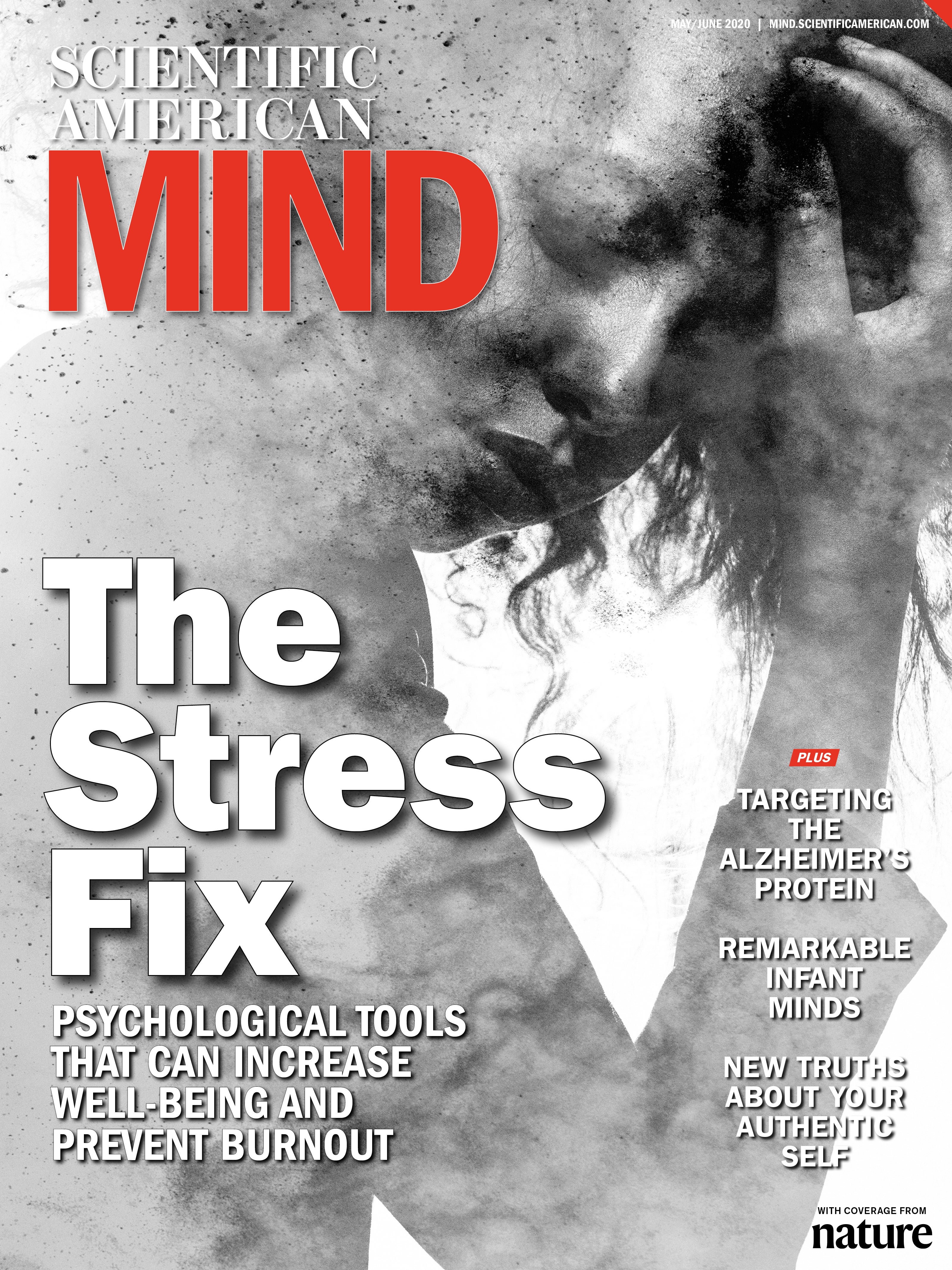


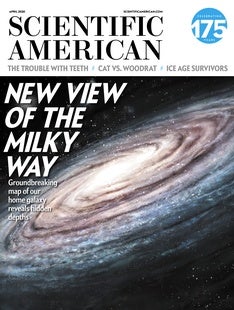
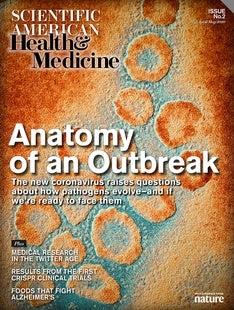



Comments
Post a Comment